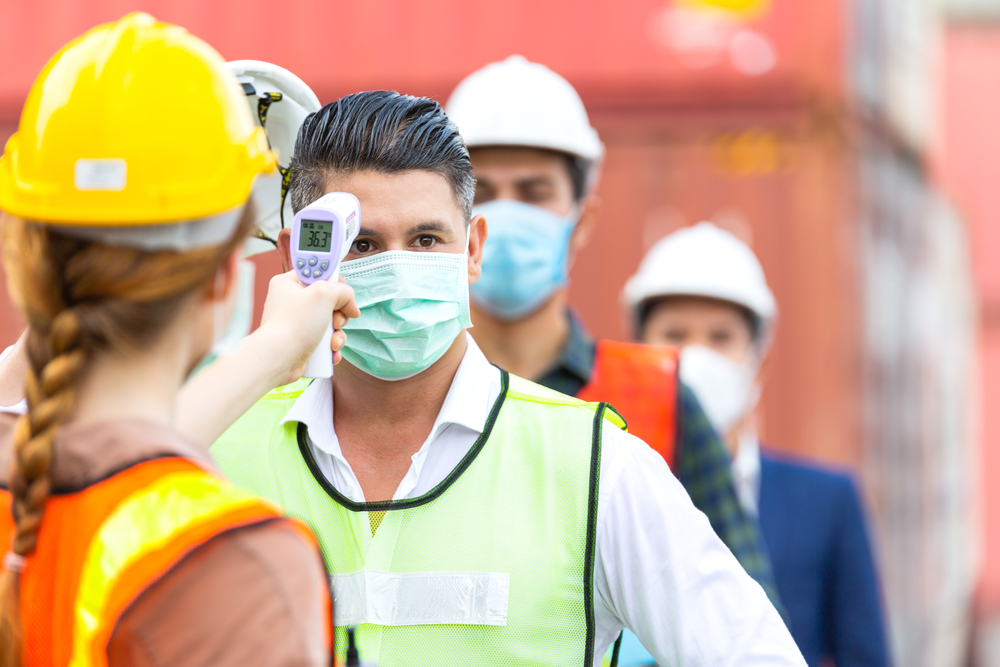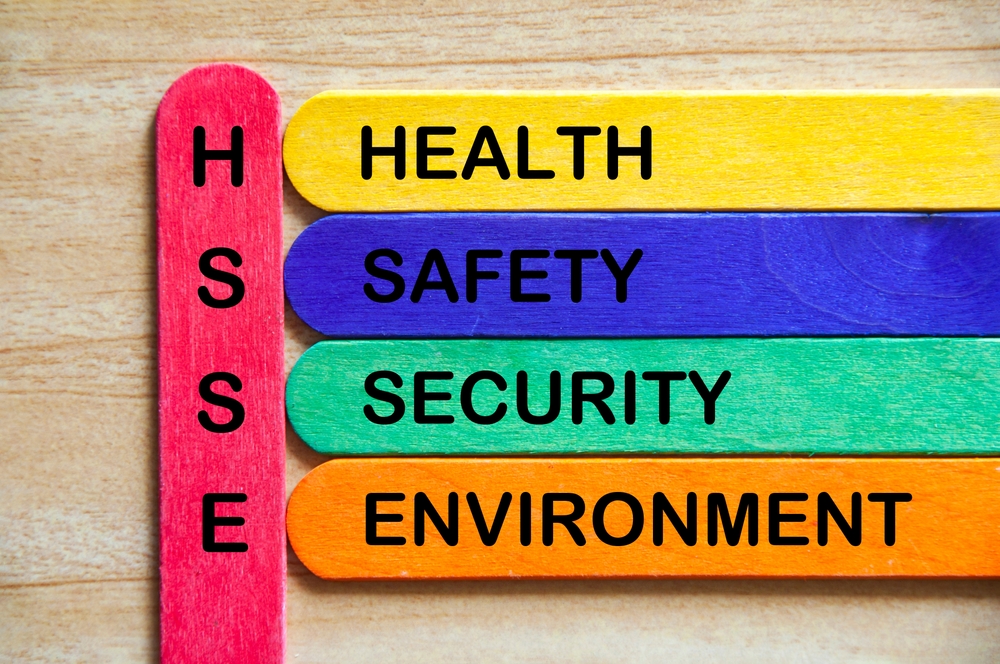

This course is critical in comprehending construction HSE hazards in the oil and gas industry. It includes important information concerning the risks to health, safety, and the environment during construction activities that are carried out in a hazardous environment.
| City | Start Date | End Date | Fees | Register | Enquire | Download |
|---|---|---|---|---|---|---|
| Cape Town | 23-06-2025 | 27-06-2025 | 5600 $ | Register | Enquire | |
| Amsterdam | 30-06-2025 | 04-07-2025 | 6200 $ | Register | Enquire | |
| Casablanca | 07-07-2025 | 11-07-2025 | 4950 $ | Register | Enquire | |
| Dubai | 14-07-2025 | 18-07-2025 | 4300 $ | Register | Enquire | |
| Cairo | 28-07-2025 | 01-08-2025 | 3950 $ | Register | Enquire | |
| Singapore | 04-08-2025 | 08-08-2025 | 5500 $ | Register | Enquire | |
| Bali | 11-08-2025 | 15-08-2025 | 4950 $ | Register | Enquire | |
| Barcelona | 18-08-2025 | 22-08-2025 | 6200 $ | Register | Enquire | |
| Rome | 25-08-2025 | 29-08-2025 | 6200 $ | Register | Enquire | |
| London | 01-09-2025 | 05-09-2025 | 6200 $ | Register | Enquire | |
| Cairo | 08-09-2025 | 12-09-2025 | 3950 $ | Register | Enquire | |
| Dubai | 22-09-2025 | 26-09-2025 | 4300 $ | Register | Enquire | |
| Amsterdam | 29-09-2025 | 03-10-2025 | 6200 $ | Register | Enquire | |
| Paris | 06-10-2025 | 10-10-2025 | 6200 $ | Register | Enquire | |
| Amman | 13-10-2025 | 17-10-2025 | 3950 $ | Register | Enquire | |
| Barcelona | 20-10-2025 | 24-10-2025 | 6200 $ | Register | Enquire | |
| Casablanca | 27-10-2025 | 31-10-2025 | 4950 $ | Register | Enquire | |
| Casablanca | 03-11-2025 | 07-11-2025 | 4950 $ | Register | Enquire | |
| Bali | 10-11-2025 | 14-11-2025 | 4950 $ | Register | Enquire | |
| Madrid | 17-11-2025 | 21-11-2025 | 6200 $ | Register | Enquire | |
| Madrid | 01-12-2025 | 05-12-2025 | 6200 $ | Register | Enquire | |
| Casablanca | 15-12-2025 | 19-12-2025 | 4950 $ | Register | Enquire | |
| London | 22-12-2025 | 26-12-2025 | 6200 $ | Register | Enquire | |
| Zurich | 29-12-2025 | 02-01-2026 | 5600 $ | Register | Enquire |
Activities at offshore oil and gas facilities, including modules, platforms, and onshore petrochemical plants, involve high-risk operations such as working at height, confined space entry, rigging, lifting, and hot work. These activities vary in type and complexity, with different methods of performance and control depending on the construction site’s requirements.
Personnel mobilized to and working within such sites must understand the hazards and appropriate safeguards and controls for each task. This knowledge ensures the safety of both the individual and those around them. This applies equally to experienced field personnel who frequently move between sites and those with less exposure to site work.
This Construction HSE Hazards Training Course is designed to instill in participants or enhance their knowledge of hazardous operations and the necessary safety measures required at major facilities, construction sites, and yards.
At the end of this Construction HSE Hazards in the Oil and Gas Industry course, participants will be able to:
Unit 1: Construction Hazard & Risk Assessment
Unit 2: Hazardous Work Activities and Their Controls (Part 1)
Unit 3: Hazardous Work Activities and Their Control Measures (Part 2)
Unit 4: Management of Change
Unit 5: Safety Programs



















